There are many good reasons for choosing hedges for privacy.
Evergreen hedges provide food and shelter for wildlife all year round. Like trees, they’re good for the environment generally, because they improve air quality.
And if you want privacy, there are often different regulations covering fences and hedges. Hedges can usually be higher.
How to avoid mistakes when choosing a hedge for privacy
I asked Daniel Bentham of Best4Hedging hedge specialists about the mistakes people make when choosing hedges for privacy.
‘People forget to check the rate of growth of a hedge before they buy,’ he said. ‘So they choose something very slow-growing like yew when they want privacy fast. Or they choose something fast-growing like a Leylandii when they only want to clip once a year.’
The next biggest mistake, he says, is to forget that a new hedge needs extra nutrition while it’s establishing itself.
‘While the majority of people understand that a new hedge needs regular watering, many don’t realise that they’ll benefit enormously from being fed. We recommend a mix of three feeds: Rootgrow (affiliate link), bonemeal and Afterplant.’ Rootgrow has beneficial mycrorrhizal fungus to help roots get established, bonemeal feeds the young hedge and Afterplant is a top dressing with responsibly sourced seaweed.’
1) Privet is coming back into fashion
Privet (ligustrum) has a somewhat suburban reputation, but I am beginning to hear people talking about it in a design context. It’s certainly one of the best hedges for privacy as it’s evergreen and grows fast, but never gets too high.
Garden consultant Posy Gentles considers it a top hedging choice because it clips into neat shapes like box. It doesn’t have the problems with box blight and box moth that box currently has and it grows faster. It’s a good choice if you want a hedge up to 8ft (around 2.5m).
However, Daniel Bentham warns that privet can suffer in harsh winters.
2) Portuguese Laurel
Daniel’s top recommendation for a hedge for privacy is Portuguese Laurel, which has glossy dark green leaves and red stems.
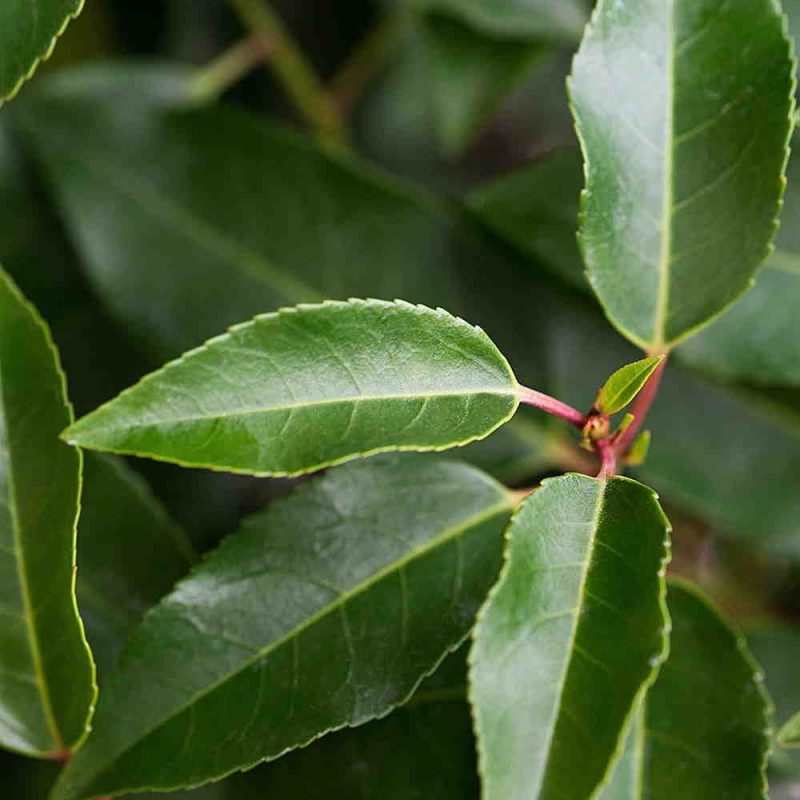
Portuguese laurel from Best4Hedging
We had a Portuguese Laurel hedge all round my childhood home in Surrey. It withstood droughts, bad winters and torrential rain. It grew quickly and easily. My mother simply planted sticks of it in the ground.
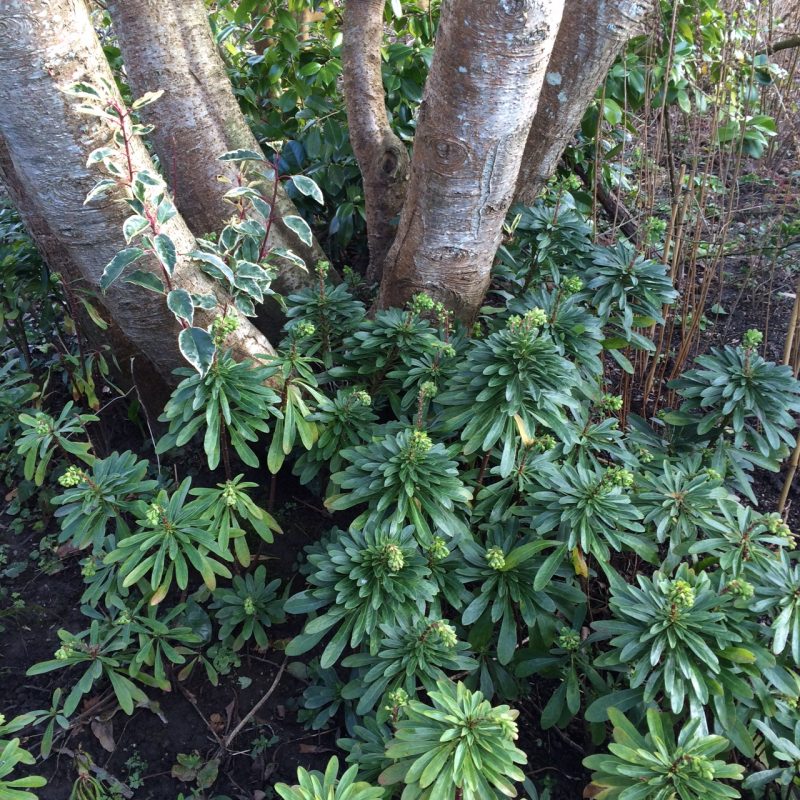
The trunk of a Portuguese Laurel at Great Dixter with euphorbia around the base. Like my parents’ hedging, it has got a little out of control.
However, it did get really big. My father had a strange aversion to pruning, so we eventually had a forest around us. You could easily avoid this by pruning regularly.
Griselinia
Daniel also recommends Griselinia (known as New Zealand privet), because it is particularly well-behaved. ‘It’s a lush green evergreen, which is completely non-toxic. Its roots are very unlikely to cause any problems with walls or paving.’

Griselinia leaves from Best4Hedging.
Griselinia is a paler green than privet, which not everybody likes.
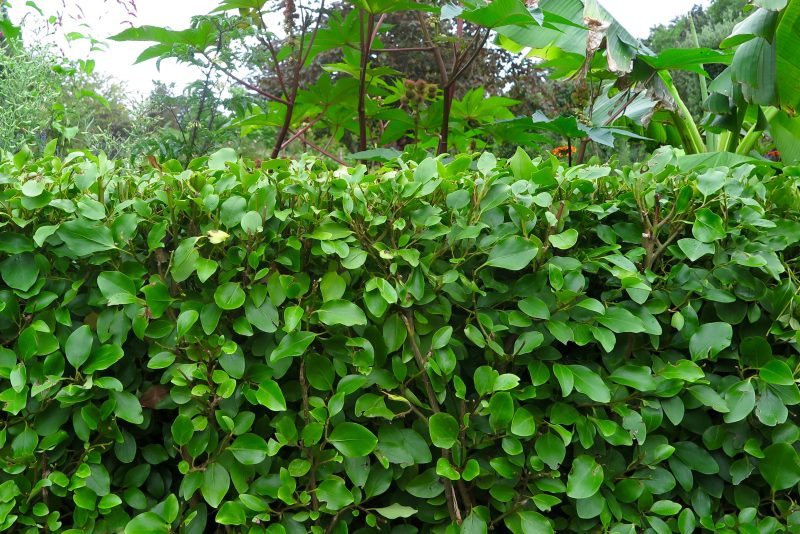
Here’s a griselinia hedge at The Salutation garden in Kent. There is lush planting on the other side of it.
Viburnum tinus.
Daniel’s third recommendation is Viburnum tinus ‘Eve Price’, which has pink buds in winter and lovely white flowers in spring.
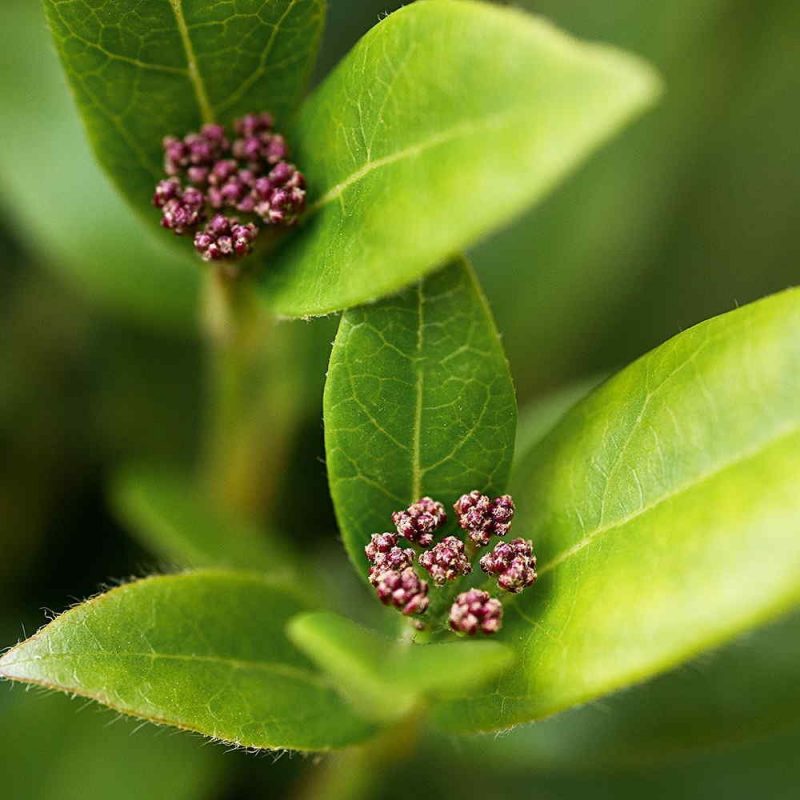
Viburnum tinus ‘Eve Price’ from Best4Hedging.
I’ve found viburnums are generally a good height for privacy or to cover an eyesore. Not all are evergreen, however.
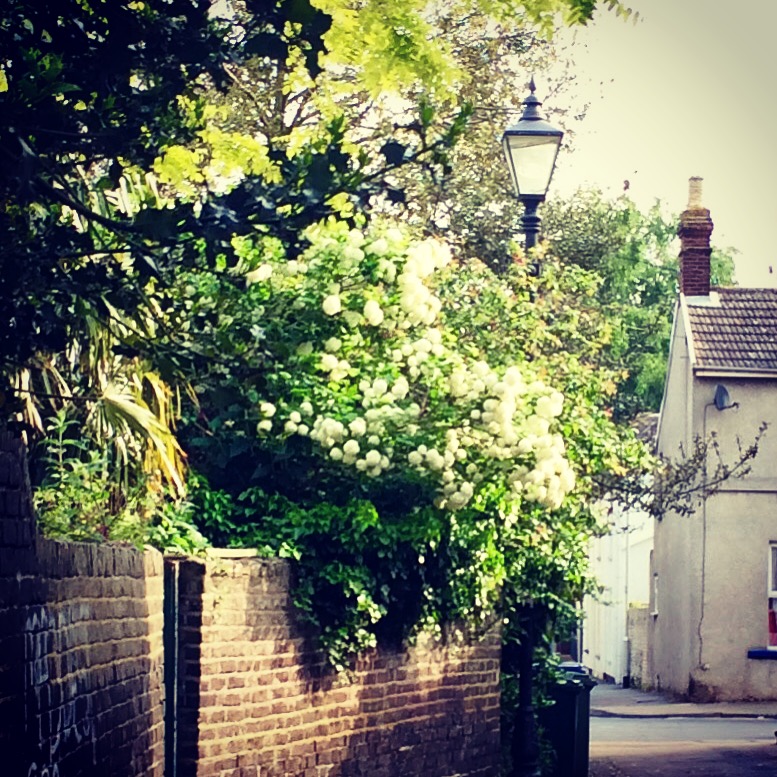
This Viburnum opulus grows over a wall in Faversham, Kent to make a garden less over-looked by its neighbours.
Bamboo
Bamboo can create an excellent evergreen hedge for privacy. However, you have to be careful about your choice of bamboo. I asked Bruce Jordan of The Big Plant Nursery for his advice on using bamboo for garden privacy.
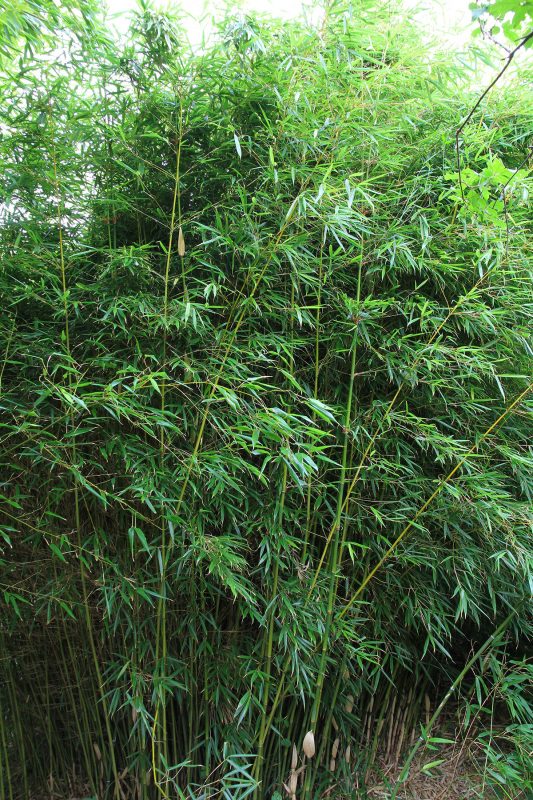
Fargesia robusta from The Big Plant Nursery.
‘Bamboo can be really good as a hedge, but some bamboos can be invasive. They need a root barrier.’ Other bamboos, however, he says, do not have invasive roots. He recommends Fargesia robusta as a bamboo type which won’t need a root barrier and is suitable for town gardens. It usually grows to between 3m-4m, depending on which variety you choose.
If you live in England, bamboo is not covered by the High Hedges Act so there’s no legal restriction on how high it can be when used as a hedge.
Hornbeam
A friend of mine used to work as a Parks Superintendent for a local council. He says that high hedges cause more trouble between neighbours than almost any other issue. He used to get calls complaining about hedges every day.
He recommends espaliered or pleached hornbeam if you want privacy in your garden. It isn’t evergreen and is therefore exempt from the High Hedges Act. But it does hold some leaves in the winter, so it’s a good compromise.
Hornbeam also has good resistance to disease. For example, we have honey fungus in our garden, so that could be important.
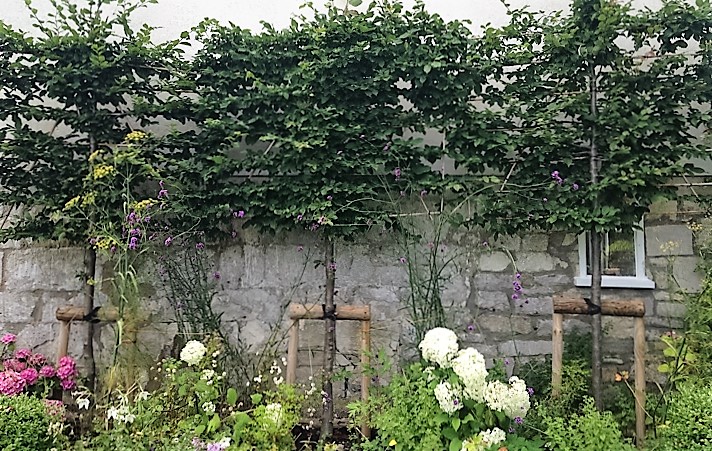
This pleached hornbeam is awaiting a trim. It makes a space-saving option for privacy.
How high can your hedges for privacy be?
This post covers the law on English hedges, but it will give you ideas on what issues you need to look up locally. And, wherever you live, individual houses or areas may have covenants or local regulations that over-ride national laws. Check your Deeds and local rules.
Since the High Hedges Act 2008, a ‘high hedge’ is a hedge more than two metres high. That’s 6ft 5″.
A hedge, legally, is three trees or more in a row. The High Hedges Act only applies to evergreen hedges, so if the leaves of your hedge fall off in winter, then your neighbour can’t complain.
Your hedge can be higher than two metres provided it doesn’t block too much light from your neighbour’s garden or home. There are no restrictions on deciduous hedges, ivy or bamboo.
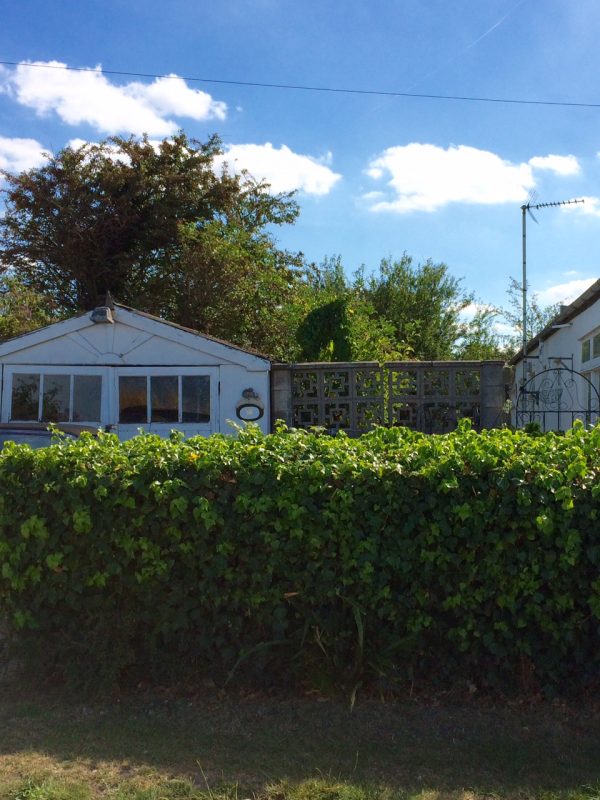
This shows that an ivy hedge can be clipped to look smart. You can grow an ivy hedge higher than this.
In 2008 The Office of the Deputy Prime Minister released a very finely-tuned calculation on how high a hedge should be. Find it here.
Even if you don’t live in England, it has useful calculations if you’re trying to decide what is fair and reasonable.
Essentially, the calculation divides the square footage of your neighbour’s garden by the length of your hedge.
Then there’s an additional step to take into account which way the hedge faces. A hedge on your southern boundary affects your light more than one on your northern boundary, for example. There’s also an extra calculation if the hedge affects any windows.
You could be allowed three or four metres of hedge before a council would consider it too high.
In England, you need planning permission for a fence higher than two metres in your back garden. So a hedge may be a better option because it can often be higher. Here’s a post with more about fences for privacy.
You’re also allowed individual trees of any height. Sometimes that’s all you need to create an area of privacy in your garden. There’s more about the best perfect-for-privacy trees here.
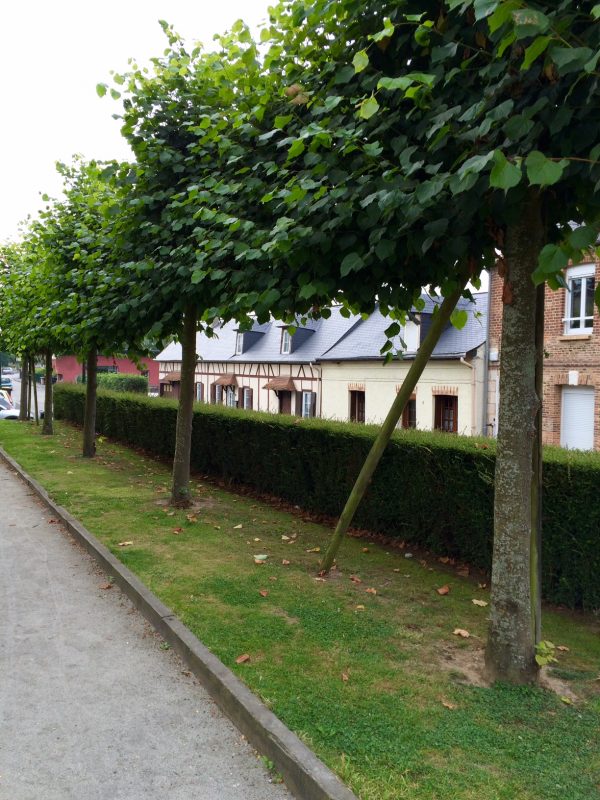
I spotted this planting in a French village. A low evergreen hedge is topped with a line of pleached limes, which are deciduous.
Let me know what hedges you recommend, and do share this using the buttons below – thank you!
The post What you really need to know about evergreen hedges for privacy appeared first on The Middle-Sized Garden.
from The Middle-Sized Garden http://www.themiddlesizedgarden.co.uk/what-you-really-need-to-know-about-hedges-for-privacy/

ReplyDeleteIt's a genuine pleasure for me to visit your website and read your amazing article. They attract to me greatly. I get the idea that you paid close attention to those articles because they are all well-written and quite valuable. Thank you for providing this information.
Pleached Hornbeam Hedge